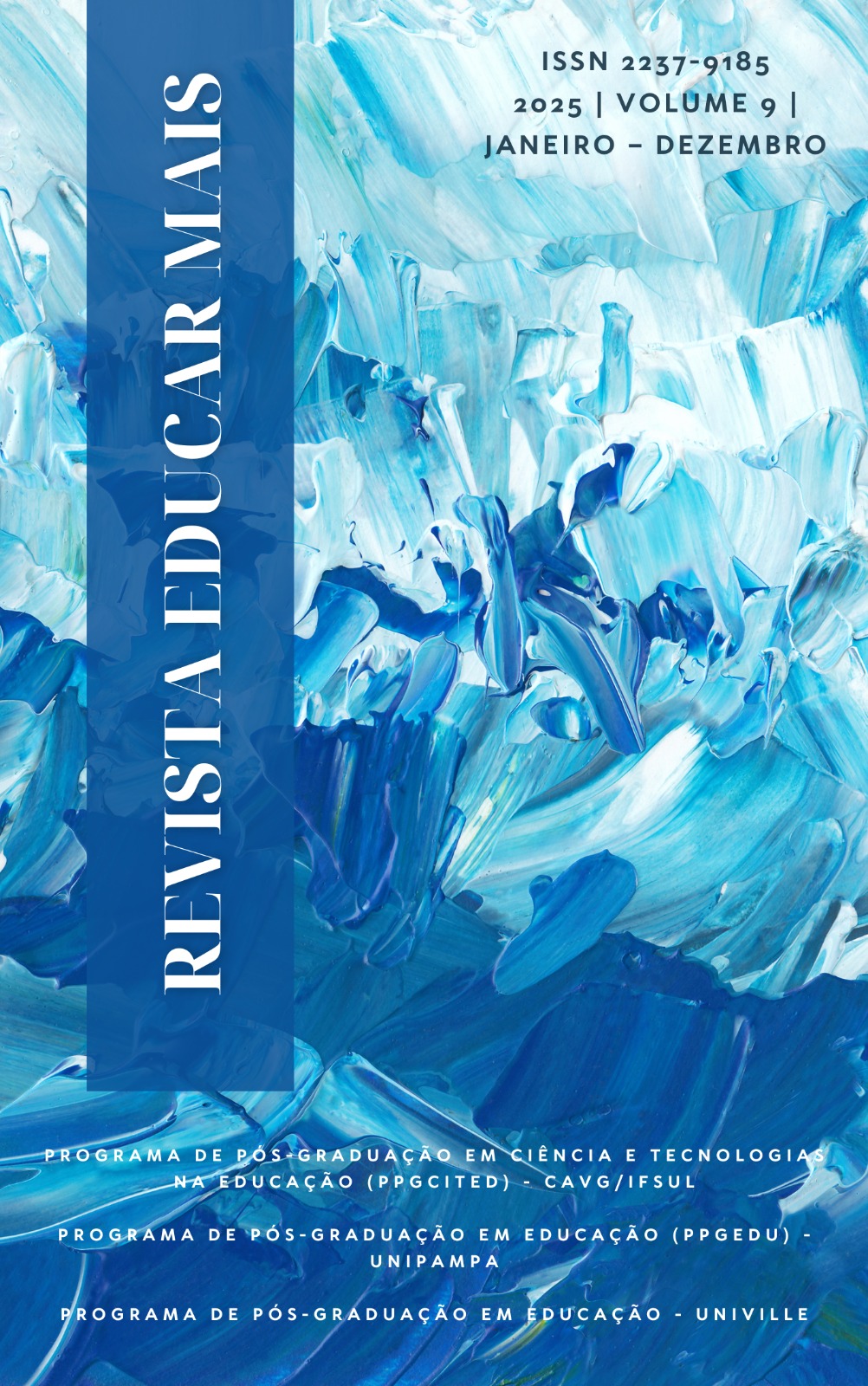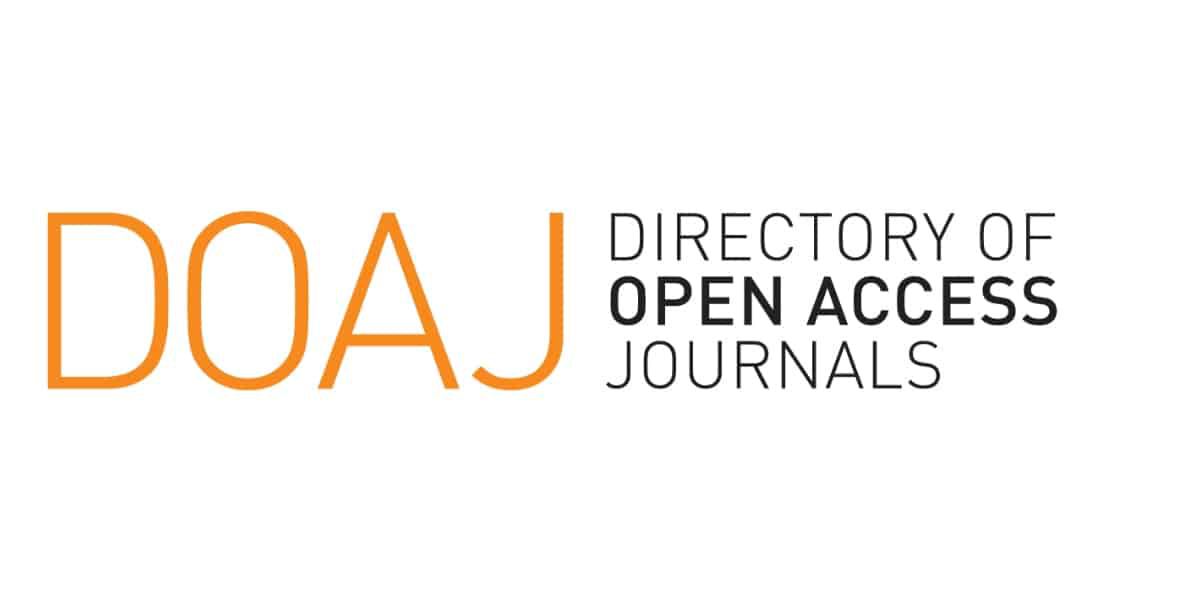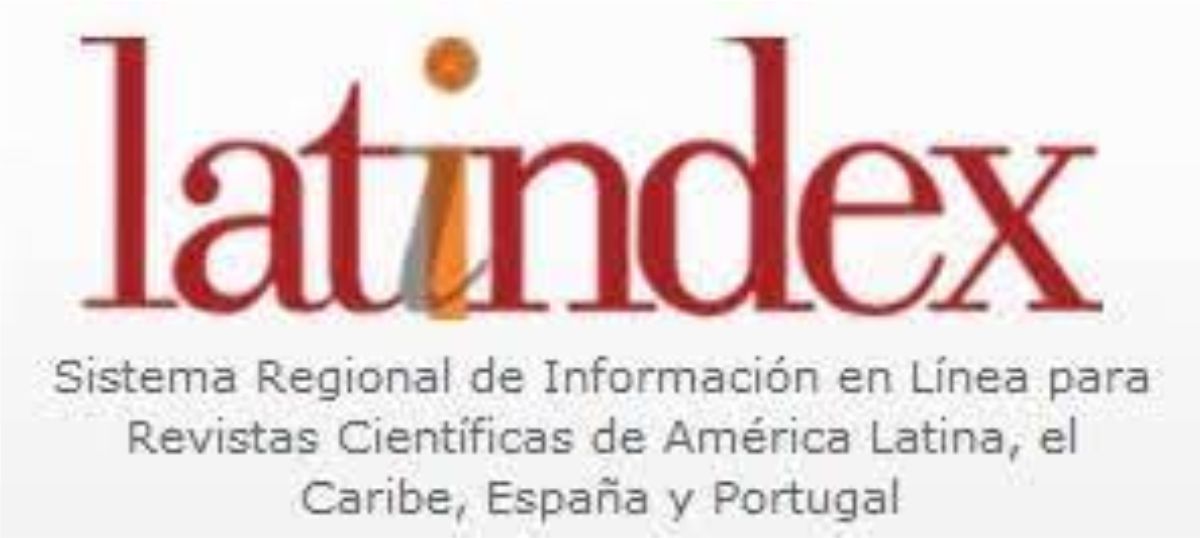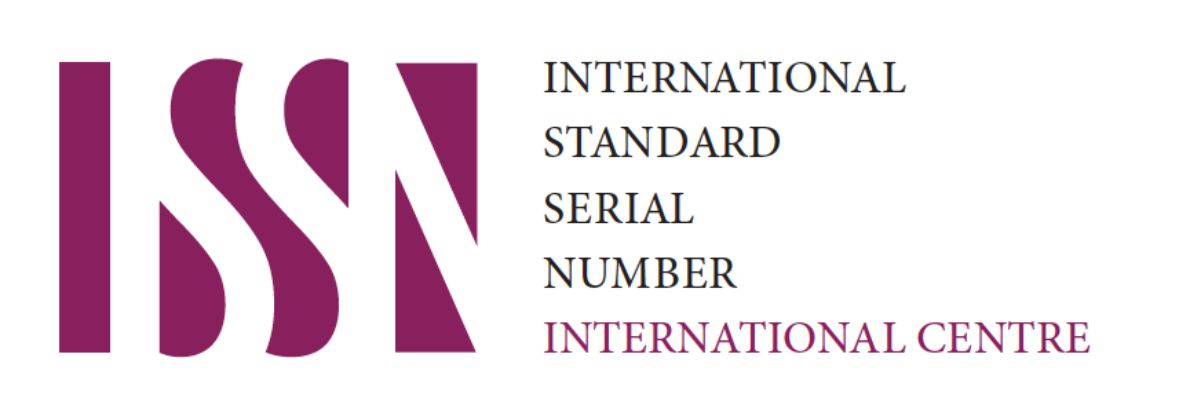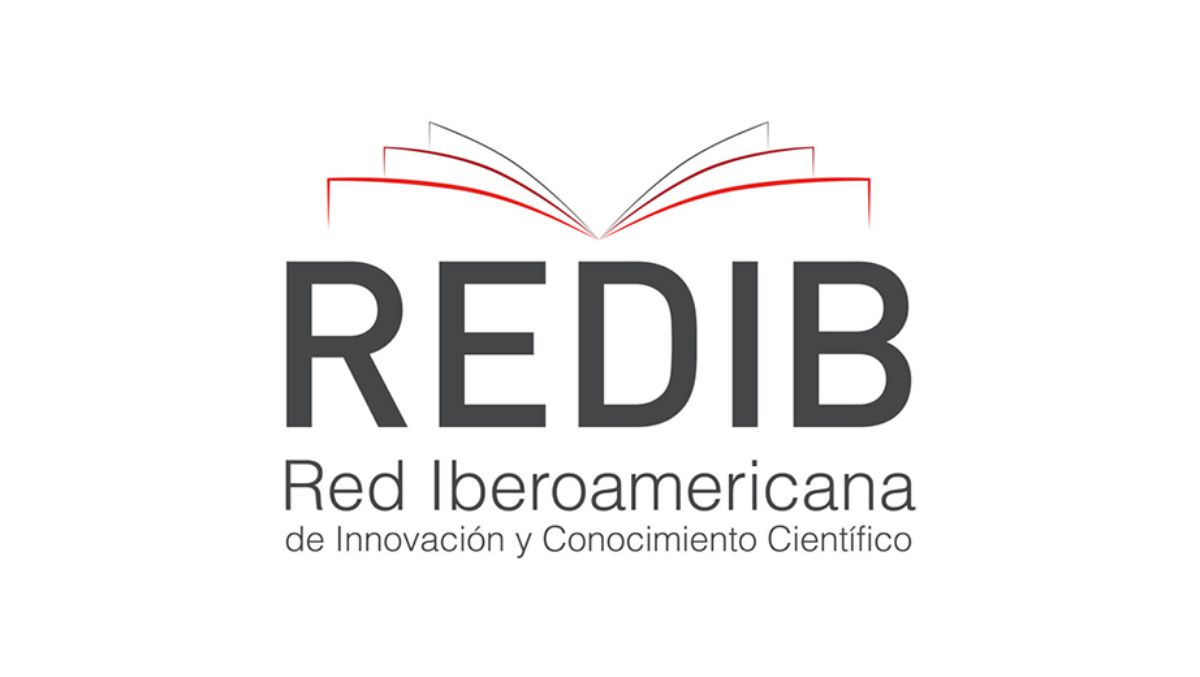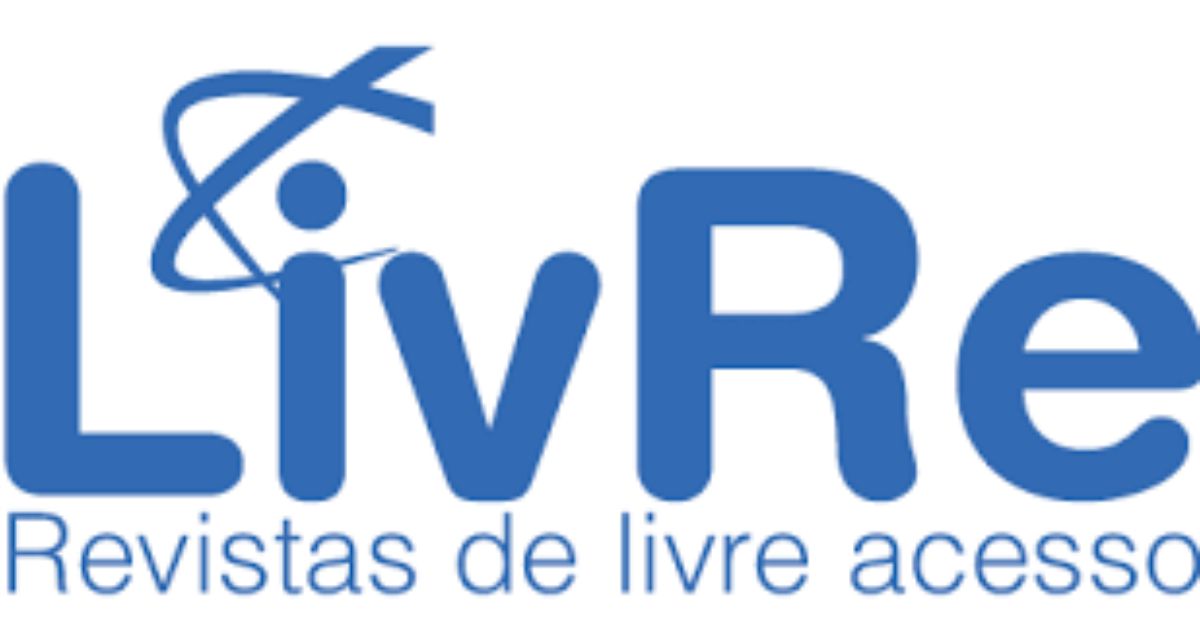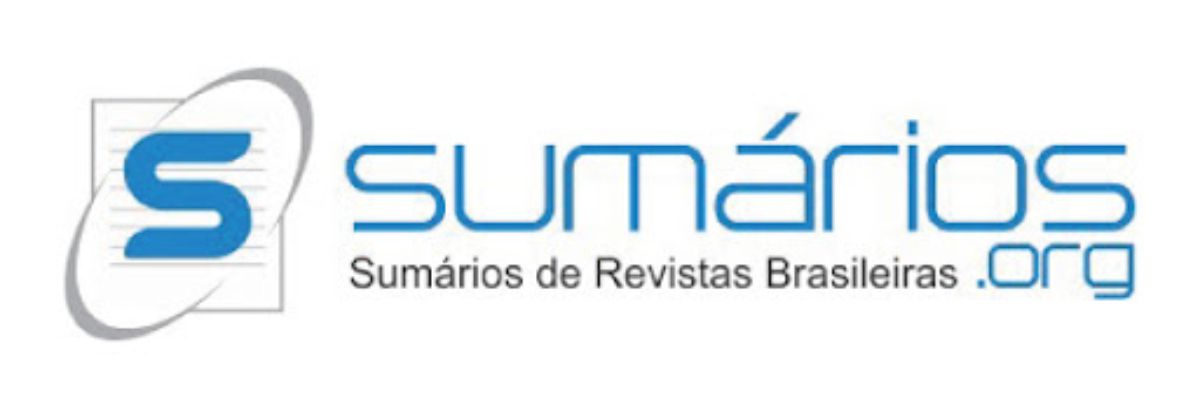Interactive didactic sequence with digital resources for understanding the Pythagorean theorem in a state school in the semi-arid region of Rio Grande do Norte
DOI:
https://doi.org/10.15536/reducarmais.9.2025.4164Keywords:
Didactic sequence, Pythagorean Theorem, Digital resources, GeoGebra, Mathematics teachingAbstract
This article describes the implementation of an interactive didactic sequence (IDS) using digital resources to enhance the understanding of the Pythagorean Theorem among 9th-grade students at a public school in the semi-arid region of Rio Grande do Norte, Brazil. The methodology included pre-testing, group discussions, the use of engaging videos, and activities with GeoGebra software, followed by a post-test in the form of a conceptual map. The results indicated significant progress in understanding the geometric and algebraic aspects of the theorem. Students demonstrated better comprehension of the mathematical formula and the relationship between the sides of a right triangle, although some conceptual misunderstandings persisted. It is concluded that IDS with technological resources is an effective approach to mathematics teaching, fostering student protagonism and promoting more effective learning.
Downloads
References
BARBOSA, Nelson Machado; SANT'ANA, Érika da Costa. Experimentação didática visando o ensino de Geometria Analítica utilizando smartphones: uma adaptação do Projeto Reforço Escolar com o aplicativo GeoGebra. REMAT: Revista Eletrônica da Matemática, Bento Gonçalves, RS, Brasil, v. 6, n. 2, p. e2007, 2020. DOI: 10.35819/remat2020v6i2id4177. Disponível em: https://periodicos.ifrs.edu.br/index.php/REMAT/article/view/4177. Acesso em: 20 jan. 2025.
BARBOSA, Iasnara Láysa costa; LIMA, Naiara Marieta de Araújo Siqueira de; MADEIROS, Heleriany de Medeiros. A utilização de recursos tecnológicos no âmbito da educação infantil. Anais VII CONEDU - Edição Online... Campina Grande: Realize Editora, 2020. Disponível em: <https://editorarealize.com.br/artigo/visualizar/67872>. Acesso em: 25/12/2024 23:47
CARDOSO, Mikaelle Barboza. Sequências didáticas: orientações para iniciantes na pesquisa em educação matemática. Iguatu, Ce: Quipá Editora, 2024. 52 p. Disponível em: https://educapes.capes.gov.br/bitstream/capes/742078/2/SEQUENCIAS%20DIDATICAS.pdf. Acesso em: 20 dez. 2024.
CORRÊA, Samara da Silva; BARBOSA, Nelson Machado. Sequência didática com recursos tecnológicos integrados visando o ensino e aprendizagem de proporcionalidade: uma experimentação com atividades investigativas inspiradas em uma pesquisa docente. Em Teia | Revista de Educação Matemática e Tecnológica Iberoamericana, [S. l.], v. 12, n. 1, 2021. DOI: 10.51359/2177-9309.2021.245958. Disponível em: https://periodicos.ufpe.br/revistas/index.php/emteia/article/view/245958. Acesso em: 15 jan. 2025.
COSTA, Sídney Moreira Da et al.. Influências dos recursos tecnológicos no processo ensino-aprendizagem. Anais IV CONEDU... Campina Grande: Realize Editora, 2017. Disponível em: <https://editorarealize.com.br/artigo/visualizar/37210>. Acesso em: 25/12/2024 23:09
FRANCO, D. L. A importância da sequência didática como metodologia no ensino da disciplina de Física moderna no Ensino Médio. Revista Triângulo, Uberaba - MG, v. 11, n. 1, p. 151–162, 2018. DOI: 10.18554/rt.v0i0.2664. Disponível em: https://seer.uftm.edu.br/revistaeletronica/index.php/revistatriangulo/article/view/2664. Acesso em: 25 dez. 2024.
GONÇALVES, Bruna Maria Vieira; CARDOSO, Mikaelle Barboza; MORAES, Jane Bezerra de. UMA SEQUÊNCIA DIDÁTICA PARA O ENSINO DO TEOREMA DE PITÁGORAS A PARTIR DE CONSTRUÇÕES GEOMÉTRICAS. Boletim Cearense de Educação e História da Matemática, [S.L.], v. 8, n. 22, p. 102-116, 27 dez. 2020. Boletim Cearense de Educacao e Historia da Matematica - BOCEHM. http://dx.doi.org/10.30938/bocehm.v8i22.3935. Disponível em: https://revistas.uece.br/index.php/BOCEHM/article/view/3935. Acesso em: 15 dez. 2024.
LAVOR, Otávio Paulino; MARTINS, Katiane Morais de Lucena. Tecnologias de Informação e Comunicação: uma análise dos cursos de matemática no rio grande do norte. Revista de Educação do Vale do Arinos - Relva, [S.L.], v. 7, n. 1, p. 77-87, 6 fev. 2020. Universidade do Estado do Mato Grosso - UNEMAT. http://dx.doi.org/10.30681/relva.v7i1.4912. Disponível em: https://periodicos.unemat.br/index.php/relva/article/view/4912. Acesso em: 15 dez. 2024.
MARQUES, Humberto Rodrigues; CAMPOS, Alyce Cardoso; ANDRADE, Daniela Meirelles; ZAMBALDE, André Luiz. Inovação no ensino: uma revisão sistemática das metodologias ativas de ensino-aprendizagem. Avaliação: Revista da Avaliação da Educação Superior (Campinas), [S.L.], v. 26, n. 3, p. 718-741, set. 2021. FapUNIFESP (SciELO). http://dx.doi.org/10.1590/s1414-40772021000300005. Disponível em: https://www.scielo.br/j/aval/a/C9khps4n4BnGj6ZWkZvBk9z/?lang=pt. Acesso em: 15 dez. 2024.
MONTEIRO, Jair Curcino; CASTILHO, Weimar Silva; SOUZA, Wallysonn Alves de. SEQUÊNCIA DIDÁTICA COMO INSTRUMENTO DE PROMOÇÃO DA APRENDIZAGEM SIGNIFICATIVA. Revista Eletrônica Debates em Educação Científica e Tecnológica, [S.L.], v. 9, n. 01, p. 292-305, 2 ago. 2021. IFES – Instituto Federal do Espirito Santo. http://dx.doi.org/10.36524/dect.v9i01.1277. Disponível em: https://ojs.ifes.edu.br/index.php/dect/article/view/1277. Acesso em: 15 dez. 2024.
MOUL, R. A. T. de M.; SILVA, F. C. L. da. A construção de conceitos em botânica a partir de uma sequência didática interativa: proposições para o ensino de Ciências. Revista Exitus, [S. l.], v. 7, n. 2, p. 262–282, 2017. DOI: 10.24065/2237-9460.2017v7n2ID313. Disponível em: https://portaldeperiodicos.ufopa.edu.br/index.php/revistaexitus/article/view/313. Acesso em: 20 jan. 2025.
NASCIMENTO JUNIOR, Elivanio Carneiro do; PAULINO, Otavio Floriano; GALDINO, Josenildo Ferreira. SEQUÊNCIA DIDÁTICA INTERATIVA NA DISCUSSÃO DO CONCEITO DE FUNÇÃO MATEMÁTICA EM UMA UNIVERSIDADE DO SEMIÁRIDO POTIGUAR. Pesquisas em Discurso Pedagógico, [S.L.], v. 2024, n. 1, p. 45-57, 8 ago. 2024. Faculdades Catolicas. http://dx.doi.org/10.17771/pucrio.pdpe.67380. Disponível em: https://www.maxwell.vrac.puc-rio.br/67380/67380.PDF. Acesso em: 20 dez. 2024.
OLIVEIRA, Maria Marly de. Círculo hermenêutico-dialético como sequência didática interativa. Interfaces Brasil/Canadá, Quebec, p. 235-251, 06 set. 2012. Disponível em: https://periodicos.ufpel.edu.br/index.php/interfaces/article/view/7173. Acesso em: 20 dez. 2024.
OLIVEIRA, C. J. A. de; LAVOR, O. P. . Sequência didática para o ensino e aprendizagem de juros compostos com o software Geogebra. Boletim Cearense de Educação e História da Matemática, [S. l.], v. 9, n. 25, p. 96–110, 2022. DOI: 10.30938/bocehm.v9i25.7400. Disponível em: https://revistas.uece.br/index.php/BOCEHM/article/view/7400. Acesso em: 20 jan. 2025.
PEREIRA, Mayara Gabriella Grangeiro; COUTO, Ana Paula Nascimento Pegado; COSTA, Acylena Coelho. ANÁLISE DE ERROS EM QUESTÕES DE TEOREMA DE PITÁGORAS: um estudo com alunos do ensino fundamental. Sociedade Brasileira de Educação Matemática, São Paulo – Sp, p. 1-12, 13 jul. 2016. Disponível em: https://www.sbem.com.br/enem2016/anais/pdf/5481_4329_ID.pdf. Acesso em: 20 dez. 2024.
SANTOS, Claudia Valin dos; ALMEIDA, Tharcila de Abreu; MÓL, Antônio Carlos de Abreu. Sequência Didática envolvendo recursos digitais em aulas de Matemática para aprendizagem do Teorema de Pitágoras . Dialogia, [S. l.], n. 48, p. e24383, 2024. DOI: 10.5585/48.2024.24383. Disponível em: https://periodicos.uninove.br/dialogia/article/view/24383. Acesso em: 25 dez. 2024.
SILVA, Ana Paula Bezerra da; OLIVEIRA, Maria Marly de. A SEQUÊNCIA DIDÁTICA INTERATIVA COMO PROPOSTA PARA FORMAÇÃO DE PROFESSORES DE MATEMÁTICA. VIIenpec: Encontro Nacional de Pesquisa em Educação em Ciências, Florianópolis, p. 1-11, 08 nov. 2019. Disponível em: https://fep.if.usp.br/~profis%20/arquivo/encontros/enpec/viienpec/VII%20ENPEC%20-%202009/www.foco.fae.ufmg.br/cd/pdfs/430.pdf. Acesso em: 20 dez. 2024.
ZANELLA, Liane Carly Hermes. Metodologia de pesquisa. 2. ed. Florianópolis: Departamento de Ciências da Administração/ Ufsc, 2013. 134 p. Disponível em: https://faculdadefastech.com.br/fotos_upload/2022-02-16_10-05-41.pdf. Acesso em: 20 dez. 2024.
Downloads
Published
How to Cite
Issue
Section
License
Copyright (c) 2025 Antonio Ronivon de Oliveira Bessa, Otavio Floriano Paulino

This work is licensed under a Creative Commons Attribution-NonCommercial 4.0 International License.
DECLARATION OF RESPONSIBILITY: I hereby certify that I partially or fully participated in the conception of the work, that I did not hide any links or financial agreements between the authors and companies that may be interested in this article publication. I certify that the text is original and that the work, partially or fully, or any other work with a substantially similar content written by me, was not sent to any other journal and it will not be send while my submission is being considered by Revista Educar Mais, whether in printed or electronic format.
The author responsible for the submission represents all the authors of the manuscript and, when sending the article to the journal, guarantees s/he has obtained the permission to do so, as well as s/he guarantees the article does not infringe upon anyone’s copyright nor violate any proprietary rights. The journal is not responsible for the opinions expressed.
Revista Educar Mais is Open Access, does not charge any fees, whether for submission or article processing. The journal adopts Budapest Open Access Initiative (BOAI)’s definition, i.e., any users are permitted to read, download, copy, distribute, print, search and link to the full texts of these articles.
All the articles are published under the Creative Commons Atribuição-NãoComercial 4.0 Internacional license. The authors keep the copyright of their production. That way, they must be contacted directly if there is any interest in commercial use of their work.
